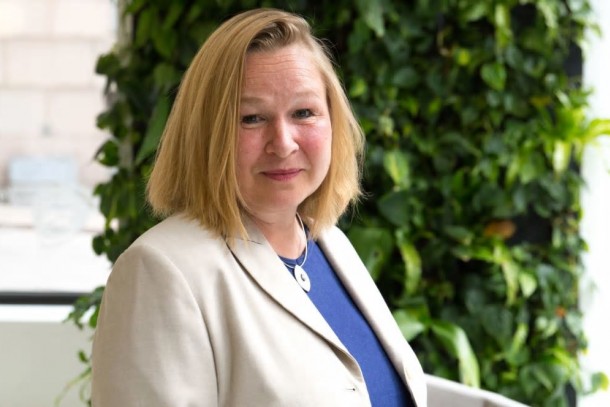06.02.2019 | Insight

Finland’s Chief Negotiator Outi Honkatukia is positive about the outcome of the international climate negotiations in Katowice, Poland, in December last year and believes the parties will commit to the global climate agreement also in the future.
The negotiations in Katowice constituted the first political climate conference after Paris in 2015, where the Agreement was formed. The aim of the COP24 conference ‘Conference of the Parties’ was to agree on the so-called Paris Rulebook, which includes the frames for climate reporting and the common market mechanisms. Honkatukia underlines that it was a major achievement to get all 195 parties to agree on the Rulebook and commit to mitigation efforts under the Paris Agreement.
The next steps in the climate negotiations
Rules for the market mechanisms, under Article 6, however, were postponed by a year to COP25 in Chile. Honkatukia believes this may be a challenge as it can be more difficult to agree on the market mechanisms, Article 6, now that all other sections of the Rulebook have been agreed upon. As this means the details on the market mechanisms can no longer be traded off against details on the Rulebook.
“The policy work within the United Nations Framework Convention on Climate Change (UNFCCC) will now continue according to the normal agenda and procedures, and the more technical details, such as the reporting schemes, will be put in place. The most important thing now, however, is to concentrate on the implementation of the Paris Agreement,” stresses Honkatukia.
The Nordic countries are actively contributing
The Nordic countries have been very active and are ahead of other countries when it comes to the work of piloting initiatives related to the market mechanisms, so Honkatukia believes the Nordics can have a considerable role when it comes to agreeing on Article 6 and the new market mechanisms under the Paris Agreement. For example, during last year, NEFCO developed the Nordic Initiative for Cooperative Approaches, together with Finland, Norway and Sweden, which supports and pilots the operationalisation of Article 6.
The Nordic countries are forerunners in several energy and climate sectors when it comes to innovations and technical solutions, which was also showcased at the Nordic Pavilion in Katowice, where everything from finance, energy and bioeconomy to green building, transport, the Arctic and climate policy questions was discussed at different side events.
“By increasing their own climate actions and adopting ambitious emission reduction targets the Nordic countries can together show the world that it is possible to reduce emissions and prioritise economic growth at the same time,” Honkatukia points out.
A good example of the Nordic countries raising their ambitions is the new Declaration on Nordic Carbon Neutrality, which the countries agreed upon on 25 January in Helsinki, when all the countries came together to strengthen joint Nordic action on climate change. The countries will follow the 1.5 Degree Report released by the Intergovernmental Panel on Climate Change (IPCC) in October last year and raise the level of their climate ambition by 2020.
Global actions to be taken
From the efforts of and role the Nordic countries can play in the climate work, we continue to discuss the global climate actions to be taken within the coming years. Honkatukia highlights taxation, development of low carbon infrastructure and involvement of all stakeholders as critical issues to implement on a global scale.
“It would be very important to get a global – or at least regional – carbon or emission taxation system in place and to address more strongly the climate risks we are and will face,” Honkatukia continues. “All countries should support a low carbon infrastructure and develop an environment, where innovation and research are supported and the private sector is strongly engaged. It is also important that the benefits of actions taken are shared and that we have a fair green transition.”
“As renewable energy forms and climate-friendly technology are becoming the most cost-effective solutions available, they will have a large impact on the green transition. Honkatukia is convinced that countries will aim to raise their climate ambitions in line with the market and technology development, which are affecting our future available energy forms. The choices by the consumers will also play a huge role in this transition,” Honkatukia concludes.
Declaration on Nordic Carbon Neutrality